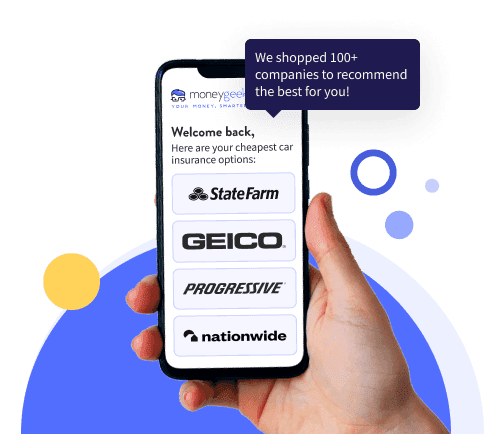The answer varies by state, but you can drive someone else's car without your own insurance if you have permission from the owner and the car is insured. We analyzed insurance policies from major carriers and state requirements to provide comprehensive guidance.
You can drive someone else's car without your own insurance. The car owner's insurance covers you if you have permission to drive. Since coverage follows the car, their policy handles damage in an accident, but coverage depends on the policy's terms and limits.
If you have auto insurance, it serves as secondary coverage, offering additional financial protection if the owner's policy isn't enough.
Be aware of permissive use clauses. Most policies allow occasional borrowing, but regular use without being listed leads to denied claims, leaving the owner responsible for costs.



